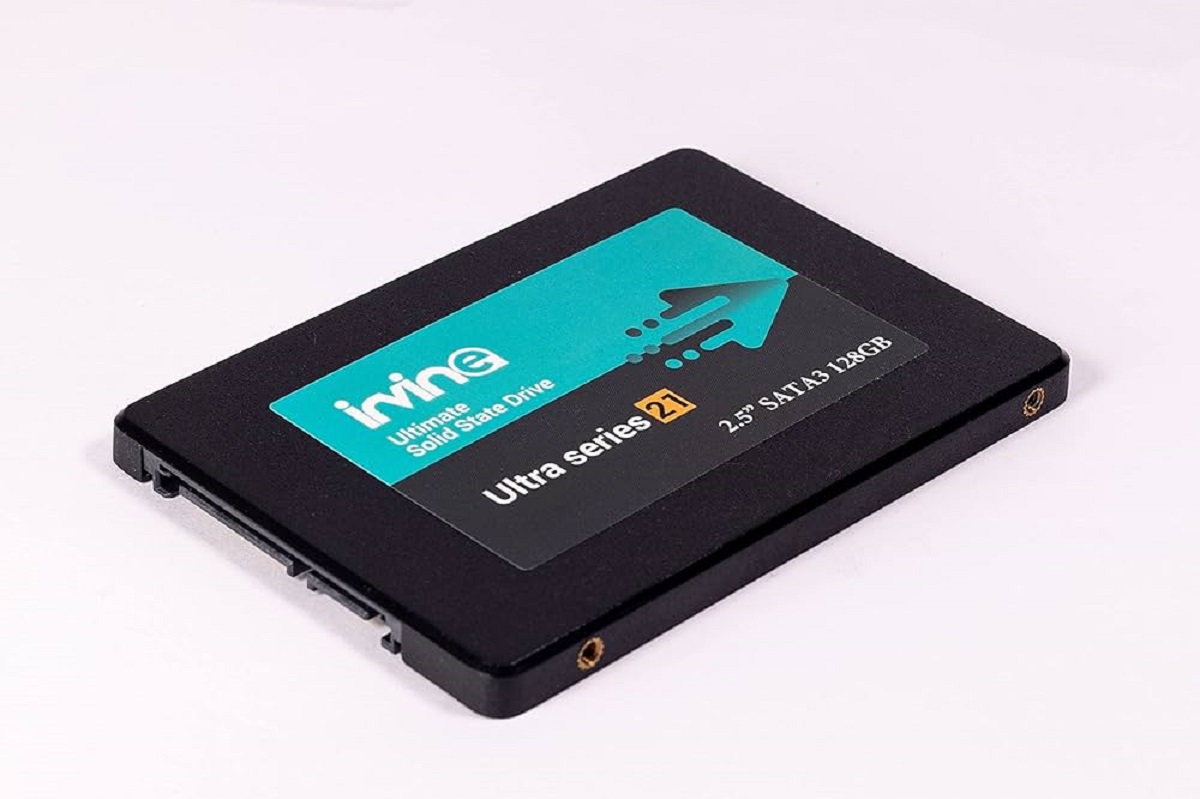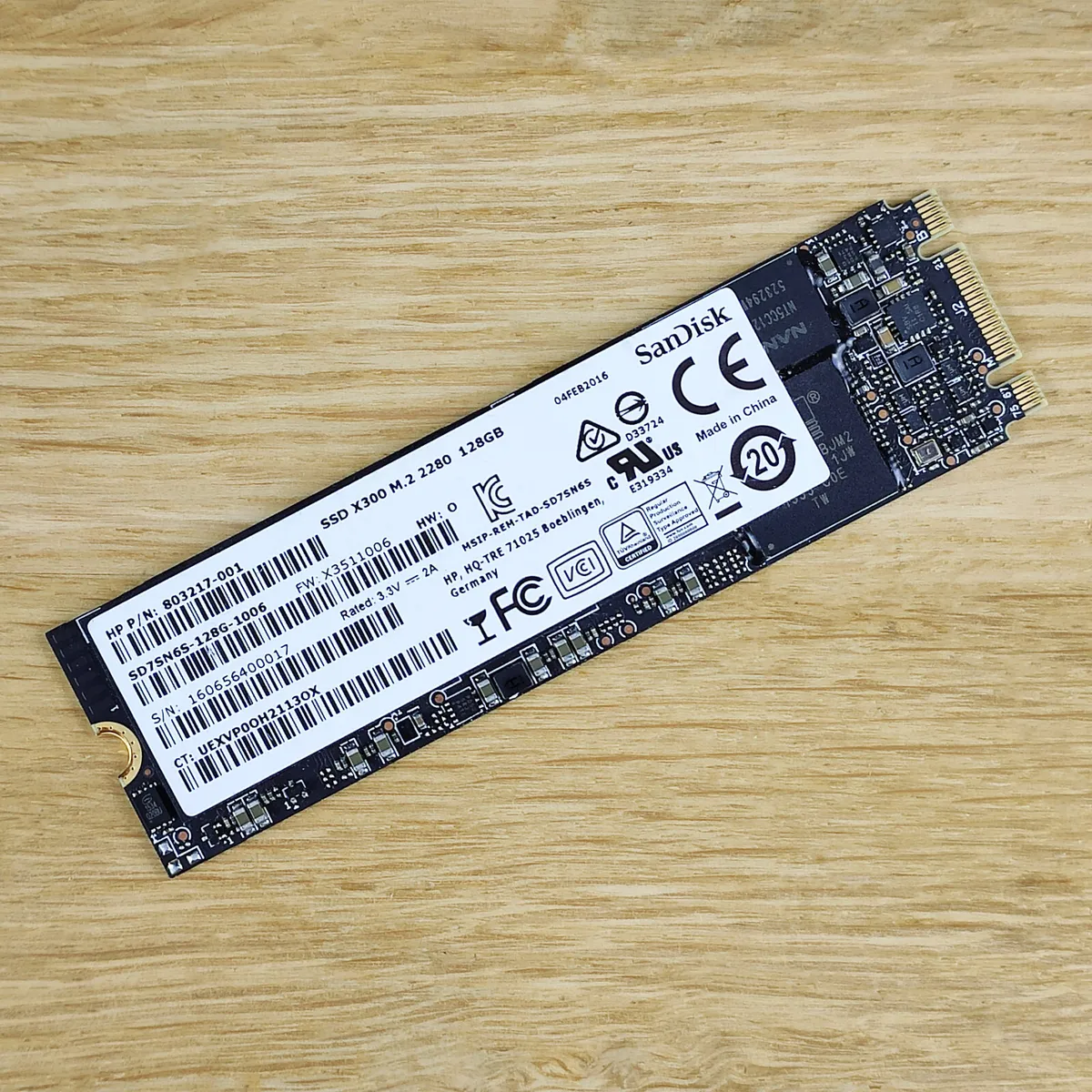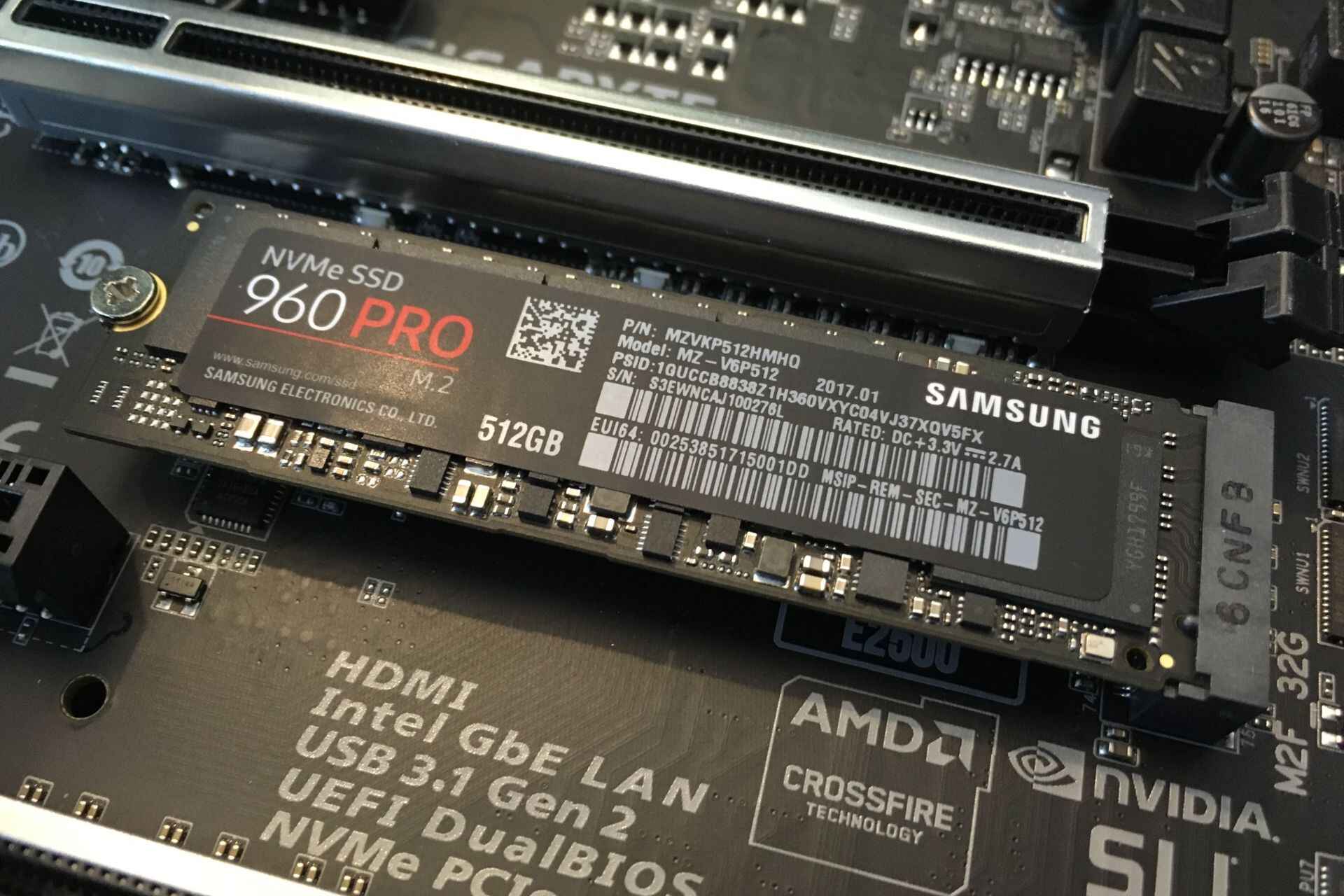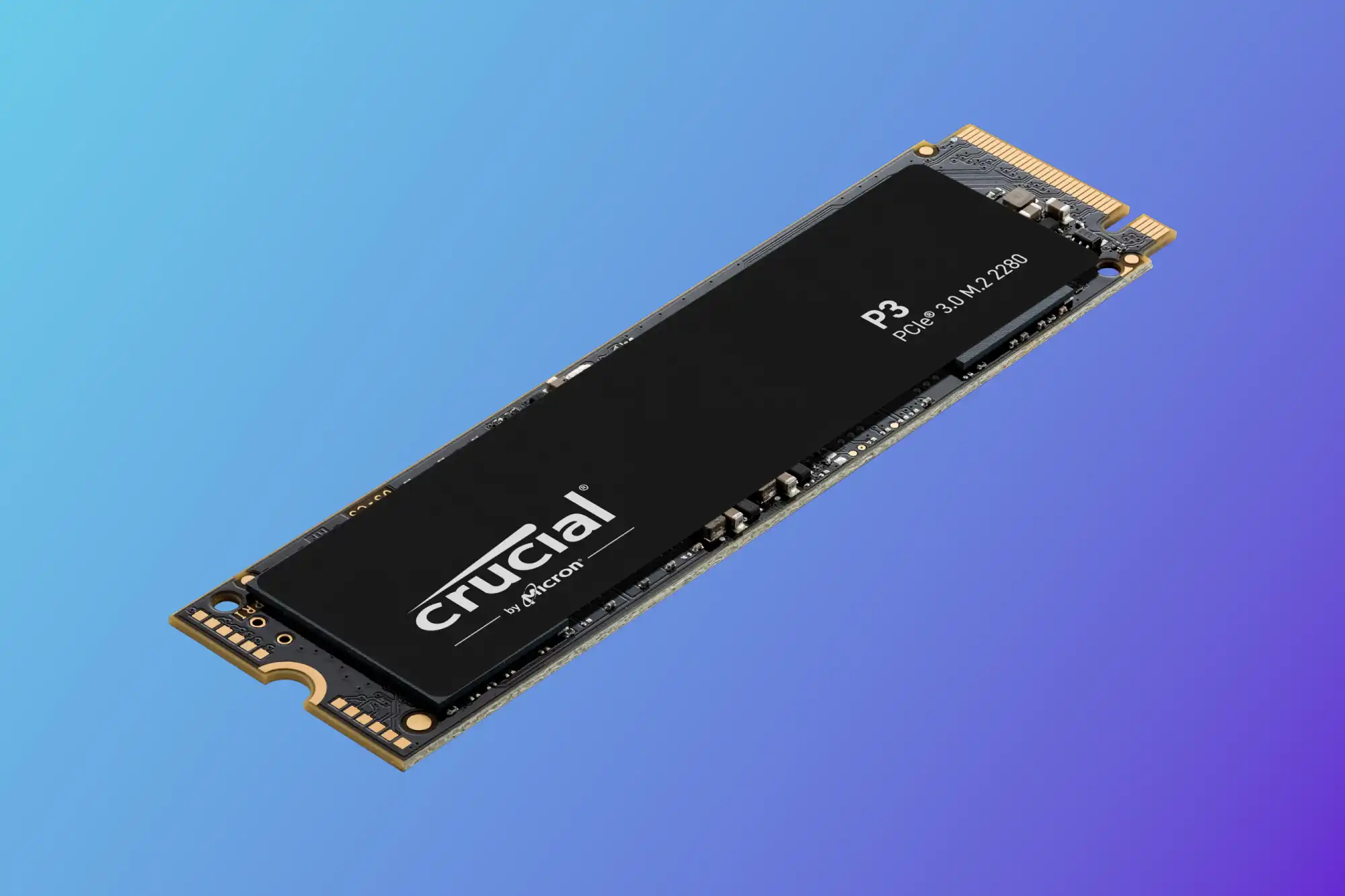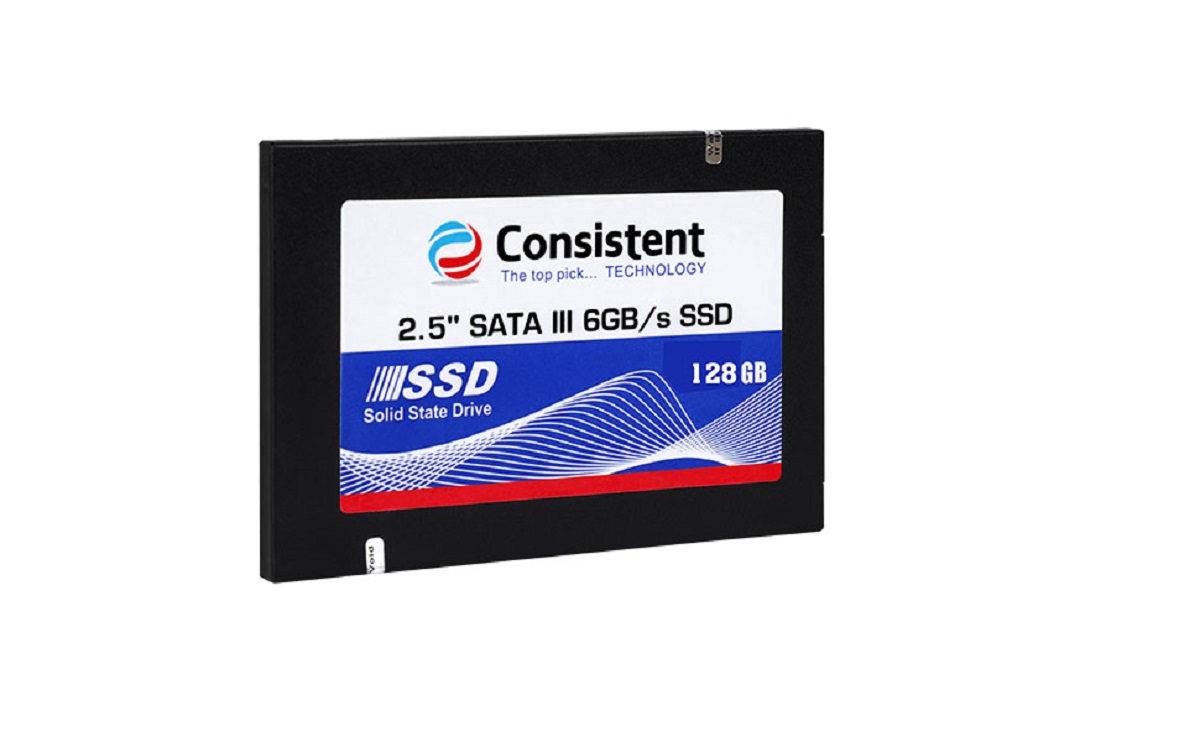Benefits of 128 GB SSD
A solid-state drive (SSD) is a storage device that uses flash memory to store data, and a 128GB SSD specifically offers several advantages for users. Whether you are a professional or a casual user, here are some key benefits of a 128GB SSD:
- Improved Performance: One of the main advantages of using a 128GB SSD is the significant boost in performance it provides. Unlike traditional hard disk drives (HDDs), SSDs have no moving parts and can access data much faster, resulting in quicker startup times, smoother multitasking, and faster file transfers.
- Enhanced Reliability: Another benefit of a 128GB SSD is its enhanced reliability. Since SSDs do not have moving parts, they are less prone to mechanical failure, making them more durable and less likely to experience data loss. This is especially important for users who rely on their devices for critical tasks or store valuable data.
- Energy Efficiency: 128GB SSDs are also more energy-efficient compared to traditional HDDs. Due to their design and lack of moving parts, SSDs consume less power, which results in extended battery life for laptops and lower electricity costs for desktop users. This energy-efficient characteristic makes SSDs an eco-friendly choice.
- Compact Form Factor: SSDs, including the 128GB capacity, are available in a compact form factor. This makes them ideal for devices with limited space, such as ultrabooks, compact desktops, and small form factor PCs. The compact size of SSDs allows for more flexibility in designing sleek and portable devices.
- Noiseless Operation: Unlike HDDs, which can produce noise due to the spinning disks and moving mechanical parts, 128GB SSDs offer silent operation. This is an important feature, particularly for users who require a quiet environment while working or engaging in media consumption.
Overall, a 128GB SSD provides improved performance, enhanced reliability, energy efficiency, compact form factor, and noiseless operation. These benefits make it an excellent choice for users looking to upgrade their storage solution and optimize their computing experience.
How Does a 128 GB SSD Work?
A 128 GB solid-state drive (SSD) utilizes innovative technology to store and retrieve data. Unlike traditional hard disk drives (HDDs), which use spinning disks and mechanical read/write heads, SSDs operate on a completely different principle. Understanding how a 128 GB SSD works can shed light on its benefits and capabilities.
At the core of a 128 GB SSD is a collection of memory chips. These memory chips are made up of NAND flash memory, which retains data even when powered off. The data is stored in a series of cells made up of floating-gate transistors.
When you save files or install applications on a 128 GB SSD, the data is stored by electrically charging and discharging the cells’ floating gates. A charged floating gate represents a binary “1” while a discharged gate represents a “0”. By manipulating the charges on the gates, the SSD can encode and store digital information.
To access stored data, the SSD’s controller sends electrical signals to the appropriate memory cells, detecting the presence or absence of charges. This information is then converted back into usable data by the controller and made available for the system to retrieve and process.
What sets SSDs apart from HDDs is their use of non-volatile memory. This means that data remains stored on the SSD even when power is disconnected. In contrast, HDDs rely on spinning disks and moving read/write heads, which require constant power to maintain data integrity.
Another key feature of 128 GB SSDs is wear leveling. Since flash memory cells have a limited number of write cycles, wear leveling distributes write operations evenly across all cells to prevent overuse on specific areas. This prolongs the lifespan of the SSD and ensures consistent performance throughout its use.
Overall, a 128 GB SSD works by utilizing memory chips and NAND flash technology to store and retrieve data. Its reliance on non-volatile memory, along with wear leveling, contributes to its faster performance, increased durability, and other benefits compared to traditional HDDs.
Common Uses for a 128 GB SSD
A 128 GB solid-state drive (SSD) offers a balance between storage capacity and affordability, making it a popular choice for various applications. Its compact size and performance advantages make it suitable for a range of devices and purposes. Here are some common uses for a 128 GB SSD:
- Laptop Upgrades: Many laptops come with traditional hard disk drives (HDDs) as the default storage option. Upgrading to a 128 GB SSD can significantly improve the overall performance of a laptop. It provides faster boot times, quicker access to files and applications, and smoother multitasking.
- Ultrabooks and Thin & Light Devices: Ultrabooks and slim laptops often prioritize portability while maintaining high performance. The compact form factor of a 128 GB SSD makes it an ideal storage solution for these types of devices. It allows for a slimmer design and contributes to better battery life.
- Desktop PCs: Although desktop PCs typically have more storage options, a 128 GB SSD can be used as a primary drive for operating systems and frequently used applications. This helps to improve the overall speed and responsiveness of the system.
- Gaming Consoles: Gaming enthusiasts often install a 128 GB SSD in their gaming consoles to take advantage of faster loading times. It allows for quicker game installations, reduced load times, and smoother gameplay, enhancing the gaming experience.
- External Storage: Some individuals use a 128 GB SSD as portable external storage. It provides a compact and lightweight solution for storing important files, media libraries, and backups. The fast transfer speeds of SSDs ensure quick and efficient data transfers.
- Media Production: Professionals working in media production, such as photographers and videographers, can benefit from a 128 GB SSD. It allows for quick access and editing of high-resolution photos and videos, providing a smoother workflow.
- Embedded Systems and IoT Devices: The compact size and reliability of 128 GB SSDs make them suitable for embedded systems and Internet of Things (IoT) devices. They can store operating systems, firmware, and other critical data, ensuring efficient and reliable performance.
These are just a few examples of the common uses for a 128 GB SSD. Whether it’s upgrading a laptop, enhancing gaming experiences, or enabling faster data transfers, the versatility and performance benefits of a 128 GB SSD make it a valuable storage solution for a variety of applications.
Features of 128 GB SSDs
128 GB solid-state drives (SSDs) offer a range of features that contribute to their performance, reliability, and overall value. Understanding these features can help users make informed decisions when considering a 128 GB SSD for their storage needs. Here are some notable features of 128 GB SSDs:
- Fast Data Transfer Speeds: One of the key features of a 128 GB SSD is its fast data transfer speeds. SSDs excel in both read and write operations, allowing for quick access and retrieval of data. This results in faster boot times, shorter application loading times, and snappy overall system responsiveness.
- High Reliability and Durability: 128 GB SSDs are built with flash memory technology, which has no moving parts. This design reduces the risk of mechanical failure, making SSDs more resistant to shocks, drops, and vibrations. With fewer components that can wear out over time, SSDs tend to be more durable and reliable compared to traditional hard drives.
- Low Power Consumption: Another advantageous feature of 128 GB SSDs is their low power consumption. SSDs draw significantly less power compared to traditional hard disk drives (HDDs). This not only contributes to longer battery life in laptops and portable devices but also results in energy savings for desktop users.
- Noiseless Operation: SSDs operate silently due to the absence of moving mechanical parts. Unlike HDDs, which can produce noise from spinning disks and read/write heads, 128 GB SSDs deliver a noiseless user experience. This makes them ideal for environments where a quiet working environment is desired.
- Compact Form Factor: 128 GB SSDs are available in a compact form factor, enabling their use in a wide range of devices. Their small size makes them suitable for ultra-thin laptops, compact desktops, and other space-constrained systems. This versatility allows for more flexibility in designing sleek and portable devices.
- Advanced Error Correction: SSDs employ advanced error correction algorithms to ensure data integrity and reliability. These algorithms help detect and correct errors that may occur during data transfer, maintaining data accuracy and minimizing the risk of data loss or corruption.
These features highlight the benefits and capabilities of 128 GB SSDs. From fast data transfer speeds to reliable performance and low power consumption, these features make them an attractive storage option for a wide range of users, from casual consumers to professionals in various industries.
Advantages of 128 GB SSDs over Other Storage Options
When it comes to choosing a storage option for your digital devices, a 128 GB solid-state drive (SSD) offers several advantages over other storage options, such as traditional hard disk drives (HDDs) and larger capacity SSDs. Here are some key advantages of 128 GB SSDs:
- Speed: 128 GB SSDs are significantly faster than HDDs. They have faster read and write speeds, resulting in quicker boot times, faster application launches, and overall snappier system performance. This speed advantage enhances productivity and user experience, making SSDs the preferred choice for those seeking optimal performance.
- Reliability: Compared to HDDs, 128 GB SSDs are more reliable due to their lack of moving mechanical parts. This eliminates the risk of mechanical failure, which is a common issue with HDDs. SSDs are also more resistant to physical shocks and vibrations, making them a more durable storage option.
- Energy Efficiency: 128 GB SSDs consume less power compared to HDDs. Their efficient design allows them to operate with lower power requirements, resulting in extended battery life for laptops and reduced electricity consumption for desktop computers. This energy-efficient characteristic makes SSDs a more environmentally friendly storage choice.
- Compact Size: 128 GB SSDs have a compact form factor, making them ideal for smaller devices like ultra-thin laptops, tablets, and compact desktops. Their smaller size allows for more flexibility in device design without compromising storage capacity. This is particularly beneficial in modern portable devices where space is limited.
- Noiseless Operation: Unlike HDDs, which have spinning disks and moving mechanical parts, 128 GB SSDs operate silently. The absence of moving parts in SSDs eliminates the noise associated with traditional hard drives, providing a noiseless and more pleasant user experience.
- Cost-Effectiveness: While larger capacity SSDs may come at a higher price point, 128 GB SSDs offer a cost-effective storage solution. They strike a balance between storage capacity and affordability, making them accessible for a wide range of users. The performance benefits and durability of SSDs justify their cost, especially considering the enhanced user experience they provide.
These advantages set 128 GB SSDs apart from other storage options. Faster speeds, increased reliability, energy efficiency, compact size, noiseless operation, and cost-effectiveness make 128 GB SSDs an attractive choice for individuals seeking improved performance and storage capabilities for their devices.
Factors to Consider When Choosing a 128 GB SSD
When selecting a 128 GB solid-state drive (SSD), several factors should be taken into consideration to ensure that the SSD meets your specific needs and requirements. Here are some key factors to consider when choosing a 128 GB SSD:
- Performance: The performance of an SSD is crucial when it comes to speed and responsiveness. Look for an SSD that offers high read and write speeds, as this will result in faster boot times, quicker application launches, and overall snappy performance.
- Reliability: Consider the reliability of the SSD. Look for SSDs from reputable brands that have a proven track record of reliability and durability. Quality SSDs often come with technologies like error correction and disk health monitoring, which help ensure data integrity and provide early warnings of potential issues.
- Endurance and Lifespan: SSDs have a limited number of write cycles, so it’s important to consider the endurance and lifespan of the SSD. Look for SSDs with a high terabytes written (TBW) rating, as this indicates how much data can be written to the drive over its lifespan. Higher TBW ratings are generally indicative of better endurance.
- Compatibility: Ensure that the 128 GB SSD you choose is compatible with your device. Check the interface and form factor of the SSD to confirm compatibility with your system. Common interfaces for SSDs include SATA, M.2, and PCIe, so make sure your device supports the chosen interface.
- Price: Consider the price of the SSD in relation to the features and performance it offers. While SSDs tend to be more expensive than traditional hard drives, the price can vary between different brands and models. Compare prices and choose an SSD that offers a good balance of performance, reliability, and affordability.
- Warranty: Check the warranty offered by the manufacturer. A longer warranty period gives you peace of mind and indicates the confidence that the manufacturer has in their product. Look for SSDs with a warranty of at least three years or more.
- User Reviews: Read user reviews and feedback to gather insights into the real-world performance and reliability of the SSD you are considering. User reviews can provide valuable information about the SSD’s strengths and weaknesses, helping you make an informed decision.
By considering these factors, you can choose a 128 GB SSD that aligns with your specific needs and provides the performance, reliability, and compatibility you require.
Comparison of 128 GB SSDs with Other Storage Capacities
When considering a solid-state drive (SSD), it’s important to compare the different storage capacities available to determine which best meets your needs. Here, we will compare 128 GB SSDs with other storage capacities to help you make an informed decision:
128 GB vs. 256 GB: A 256 GB SSD offers double the storage capacity compared to a 128 GB SSD. This makes it a suitable choice for users who require more space for applications, multimedia files, and larger software installations. However, a 128 GB SSD might be sufficient for users with fewer storage needs or those who primarily use cloud storage or external drives for storing additional files.
128 GB vs. 512 GB: A 512 GB SSD provides even more significant storage capacity compared to a 128 GB SSD. It is ideal for power users who require ample space for multimedia files, extensive software libraries, and large projects. If you frequently work with large media files or run resource-intensive applications, a 512 GB SSD would offer more flexibility and accommodate your storage requirements better.
128 GB vs. 1 TB: A 1 TB SSD offers a significantly larger storage capacity when compared to a 128 GB SSD. It provides vast space for storing multimedia collections, large-scale software, and extensive data sets. If you’re a professional content creator, avid gamer, or work extensively with large files, a 1 TB SSD would be the better choice. However, it is important to consider that the cost per gigabyte increases significantly with larger capacity SSDs.
When comparing storage capacities, it’s essential to strike a balance between your storage requirements, budget, and performance needs. While larger capacity SSDs offer more room for expansion, they also come at a higher price point. For users with more modest storage needs, a 128 GB SSD can provide a cost-effective solution without sacrificing performance or reliability.
Ultimately, the choice between different storage capacities depends on individual preferences and specific use cases. Consider your data storage needs, budgetary constraints, and usage patterns to determine which SSD capacity is the best fit for you.
Tips for Optimizing the Performance of a 128 GB SSD
Optimizing the performance of a 128 GB solid-state drive (SSD) can lead to improved speed, responsiveness, and overall system performance. Here are some useful tips to help you get the most out of your 128 GB SSD:
- Enable TRIM: Ensure that TRIM is enabled on your SSD. TRIM is a feature that helps maintain the performance and lifespan of an SSD by clearing unused data blocks. Check your operating system settings to verify that TRIM is enabled.
- Update Firmware: Regularly check for firmware updates for your SSD. Manufacturers release firmware updates to address bugs, add new features, and enhance performance. Updating the firmware can help improve the stability and overall performance of your SSD.
- Disable Disk Defragmentation: SSDs do not benefit from traditional disk defragmentation like hard disk drives. In fact, running defragmentation on an SSD can reduce its lifespan. Disable automatic disk defragmentation for your SSD in your operating system settings.
- Enable AHCI Mode: Advanced Host Controller Interface (AHCI) mode is specifically designed for SSDs and offers better compatibility and performance. Verify that your SSD is set to AHCI mode in the BIOS settings of your computer.
- Manage Your Storage Space: Keep your SSD at a reasonable capacity to maintain optimal performance. Avoid filling it up to the brim, as SSDs perform better when there is some free space available. Regularly remove unnecessary files and consider offloading large files or less frequently used data to other storage options.
- Regularly Back Up Your Data: Like any storage device, SSDs can fail. It’s important to back up your data regularly to avoid potential data loss. Implement a backup strategy that suits your needs, whether it’s using cloud storage, external drives, or a combination of both.
- Avoid Excessive Write Operations: Although SSDs are designed to handle extensive write operations, minimizing unnecessary write activities can help prolong their lifespan. For instance, avoid excessive downloading, torrenting, or installing and uninstalling applications frequently.
- Keep Your Operating System and Drivers Updated: Regularly updating your operating system and device drivers can help ensure compatibility with the latest SSD technology and optimize system performance. Check for updates and install them as recommended by your operating system and hardware manufacturers.
- Use SSD-specific Optimization Tools: Some SSD manufacturers provide SSD optimization utilities or software that can help improve performance and functionality. Explore the manufacturer’s website for any available tools specific to your SSD model.
By following these tips, you can optimize the performance and extend the lifespan of your 128 GB SSD. These simple steps will help ensure that your SSD delivers the best possible performance and offers a smooth computing experience.







